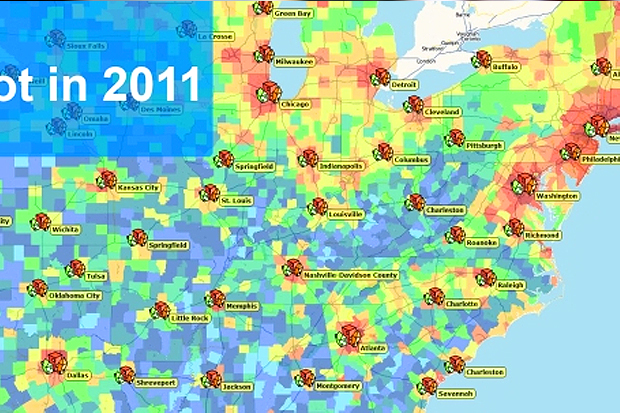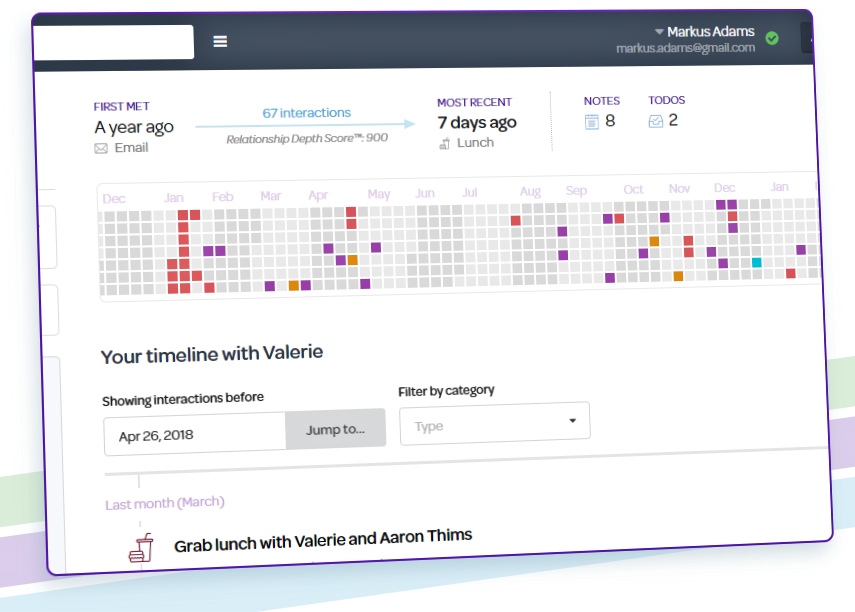Rents rise, home sales prices slip
Tomorrow, HotPads will release their annual housing report, this year reporting that rents for two bedroom units rose 3.75 percent in 2011 while home sale prices of two bedroom units fell 1.83 percent in the top 20 most populated metropolitan markets.
In 2011, HotPads reports that studio rentals rose 7.12 percent, representing the highest growth segment while one and two bedroom rental rates also jumped 2.59 percent and 3.75 percent as three bedrooms actually fell 0.31 percent.
HotPads measured median listing prices of two bedroom properties, finding New York, Boston, Miami, San Francisco, Los Angeles, and Chicago to have the most expensive rental listings with rentals in San Francisco “in particularly high demand, staying active for just 28 days on HotPads, compared to an average of 49 days across other top metro markets.”
Home sales in 2011
According to HotPads, homes for sale dipped 1.83 percent across the largest metro areas, while three bedroom homes for sale dropped 0.19 percent, showing a state of sales prices sliding but remaining relatively stagnant. The most expensive two bedroom properties for sale in 2011 were in San Francisco, Los Angeles, and New York.
The company said in a statement, “While we expect demand for rental properties to remain high throughout 2012, we anticipate a slower growth compared to last year. As the price of homes for sale continues to decline, we believe more home shoppers will consider buying over renting (buy vs rent data below). We also predict more foreclosed and long standing for sale properties will re-enter the market as rentals in 2012, which should increase the rental supply and help ease prices. However, if economic conditions extend consumer uncertainty, we may continue seeing would be home owners continue to rent.”
Methodology:
The data in this report is calculated based on the median listing price of 500,000 concurrently active rental listings on HotPads across the top 20 most populated U.S. metros. For consistency, two bedroom properties were used to determine the rental and for sale year over year price changes. The Buy vs Rent ratio is calculated by dividing a metros median house price by annual rent. Higher ratios mean it is more expensive to buy than rent a comparable home. The 20 metro areas include major cities like Atlanta, Baltimore, Chicago, Dallas, Detroit, Houston, Los Angeles, Miami, Minneapolis, New York, Philadelphia, Phoenix, Riverside, San Diego, San Francisco, Seattle, St. Louis, Tampa, Washington, DC. ‘Metro Areas’ consist of a densely populated urban core and its less-populated surrounding territories, ex: “San Francisco-Oakland-Fremont, CA” and “New York-Northern New Jersey-Long Island, NY-NJ-PA”.
Tara Steele is the News Director at The American Genius, covering entrepreneur, real estate, technology news and everything in between. If you'd like to reach Tara with a question, comment, press release or hot news tip, simply click the link below.











































John Slocum
January 16, 2012 at 11:45 am
Our investor buyers were very active here in Vancouver WA, where the patient buyer would pick up newer short sale properties at a steep discount, then quickly rent them with positive cash flow. Not a bad formula!